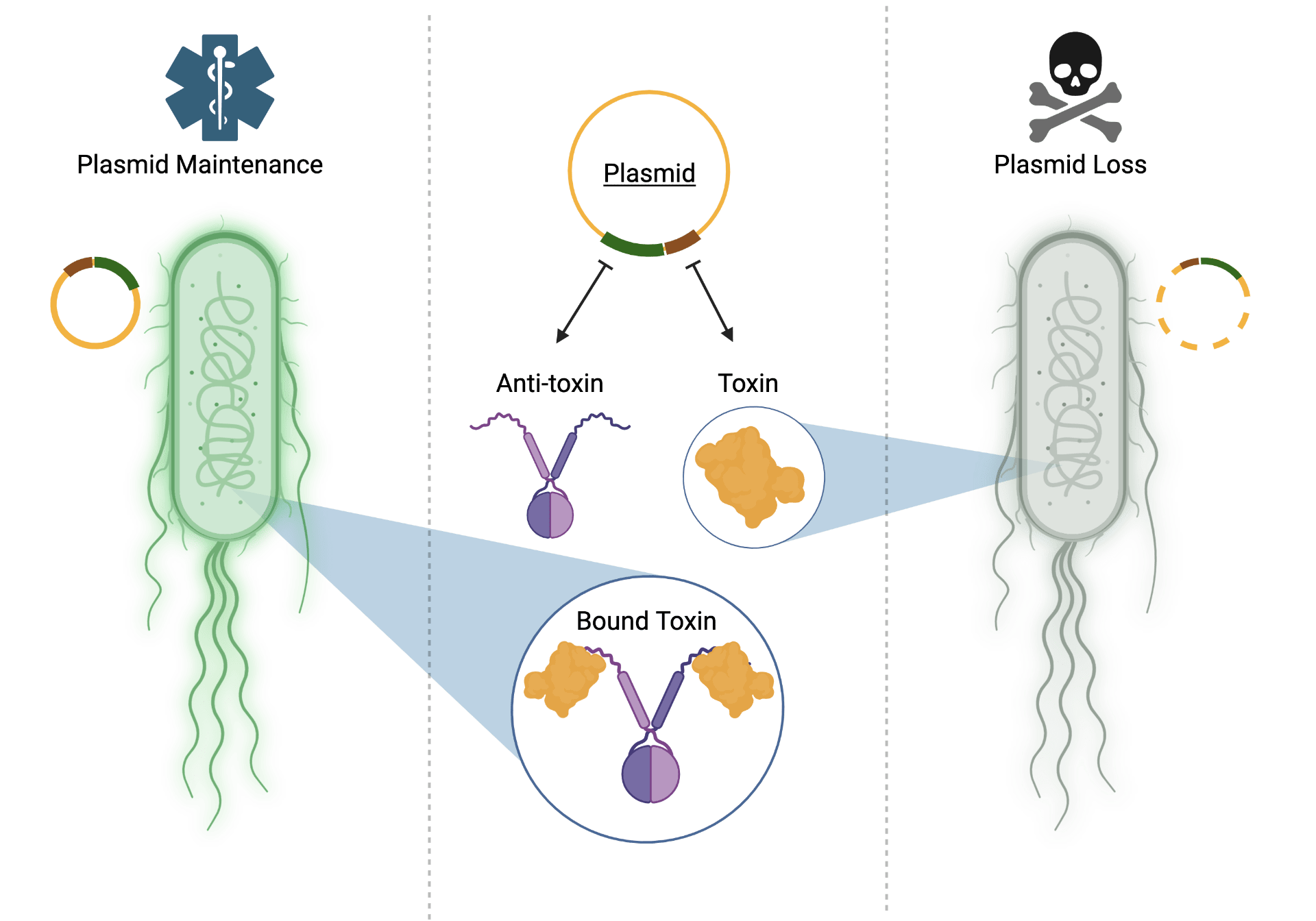
Toxin-antitoxins (T-AT) are pairs of genes consisting of a toxic gene (the toxin) and an antidote (the antitoxin) that are ubiquitous in the prokaryotic world. The antitoxin has a shorter half-life than the toxin, which means that when its sequence is lost, the host cell dies or experiences growth arrest. This is generally considered a mechanism to ensure the stability of the sequence surrounding a given T-AT pair. However, there are still many open questions regarding these systems’ function. Indeed, they appear to play roles in biofilm formation, persistence, and phage defense. Dozens of distinct T-AT systems have been described, and large numbers of T-AT can be found in a single host, suggesting a strong functional diversification. With this in mind, We are performing in-depth genetic analysis of the distribution and co-occurrence of these systems in Escherichia coli genomes to generate testable hypotheses of the function of these systems, with particular attention to their interplay with their targets.
